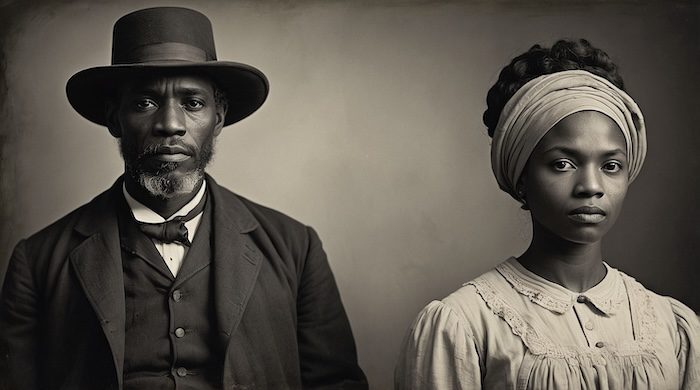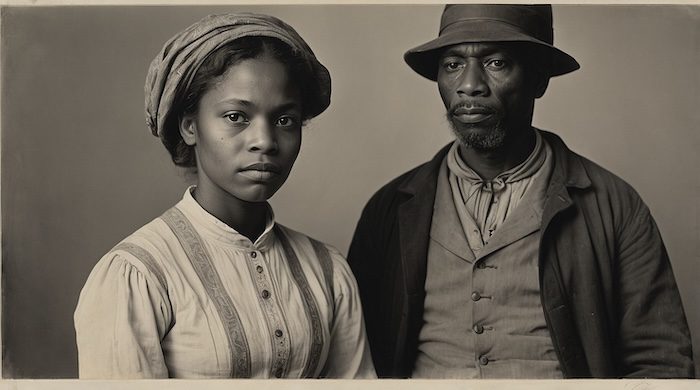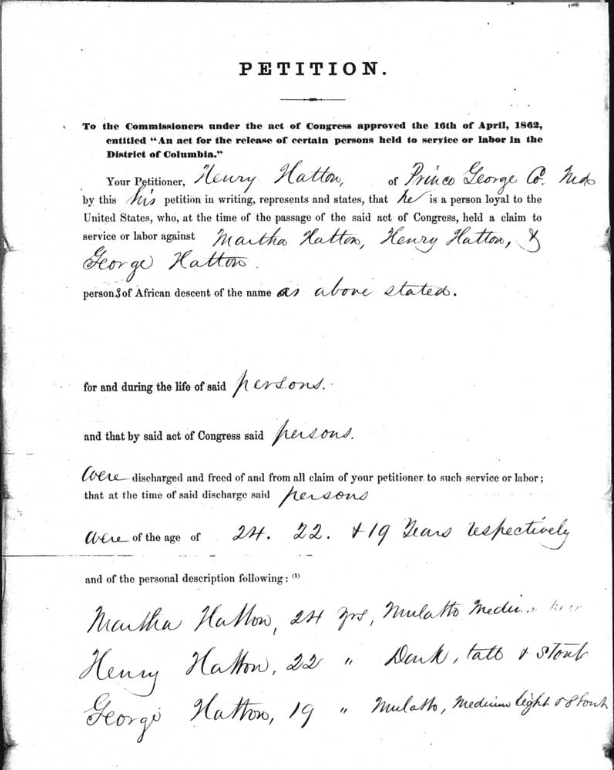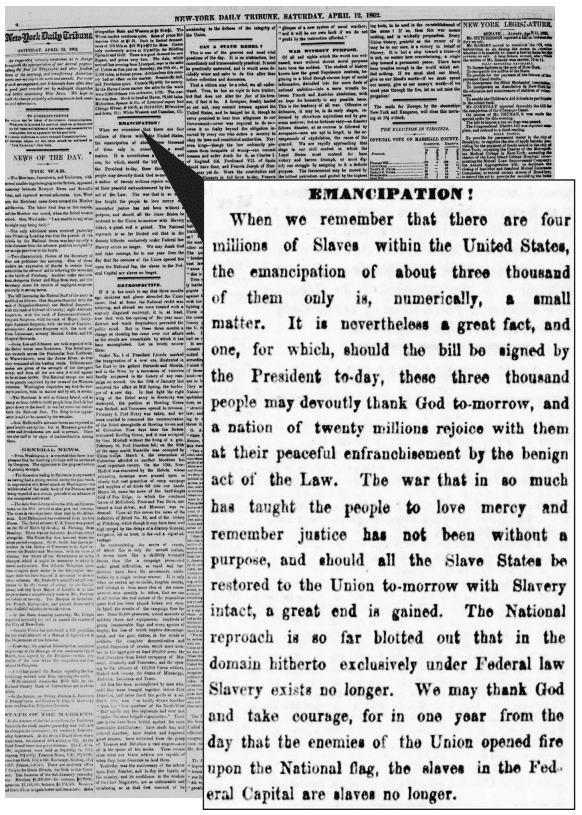Emancipation Petitions
Emancipation Petitions were formal legal requests submitted to courts or governing bodies seeking the freedom of enslaved individuals. These petitions were most common in states and territories where slavery was practiced but where legal frameworks allowed for manumission (the act of freeing enslaved individuals).
Purpose and Context
The District of Columbia Compensated Emancipation Act of 1862 abolished slavery in the nation’s capital, compensating loyal slaveholders while recording the names of those freed
Uniquely, the Act provided for the compensation of slave owners. It recognized the owners' loss of what was then legally considered property and offered financial reimbursement. This was a pragmatic approach to appease those who might oppose abolition on economic grounds.
Slave owners were required to file a petition to claim compensation. This petition needed to demonstrate their loyalty to the Union. This requirement was important because the Civil War was fundamentally a conflict between the Union (the North, where slavery was generally prohibited) and the Confederacy (the South, where slavery was integral to the economy and social structure).
The petition included a list of enslaved individuals owned, along with their estimated value. Additionally, owners had to provide detailed descriptions of each enslaved person, including physical characteristics. This level of detail was likely intended to prevent fraud and ensure that compensation was accurately calculated.
The requirement to record the physical characteristics of enslaved individuals reflects the dehumanizing aspect of slavery, where people were treated as property to be cataloged and valued based on physical attributes.
The passage of the D.C. Compensated Emancipation Act was a landmark event. It set a precedent for compensated emancipation, a concept that was discussed (but ultimately not implemented) as a broader solution to the issue of slavery in the United States. It also signaled a shift in federal policy towards a more active role in the abolition of slavery, culminating in the Emancipation Proclamation by President Abraham Lincoln later that same year.
Types of Emancipation Petitions
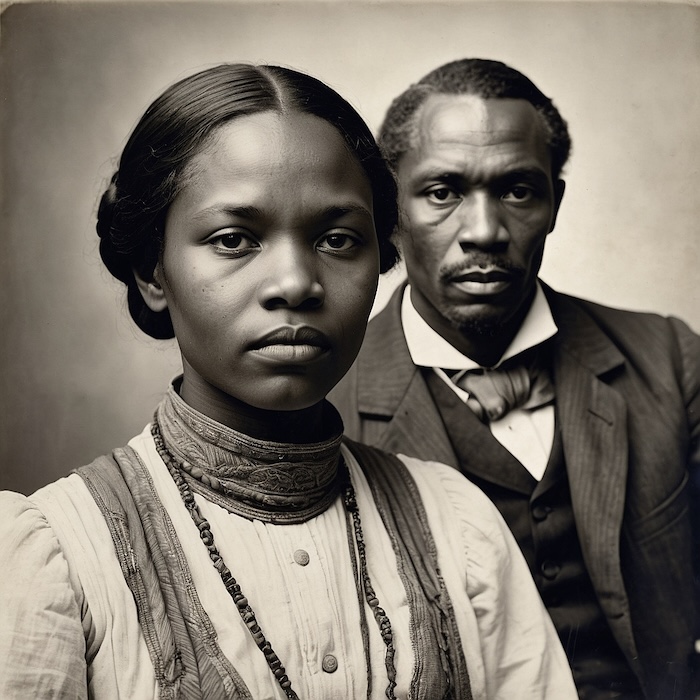
By Enslaved Individuals
- ➡️ Filed directly by enslaved people or their advocates citing: wrongful enslavement, broken promises of freedom, or residency in free territory.
Grounds for petitions included:
- ➡️ Evidence that the individual was wrongfully enslaved.
- ➡️ Claims that the person had been promised freedom.
- ➡️ Proof of residence in a free state or territory under laws like the Northwest Ordinance (1787) or the Missouri Compromise (1820).
Third-Party Petitions
Filed by abolitionists, family members, or sympathetic lawyers citing legal, moral, or religious grounds.
